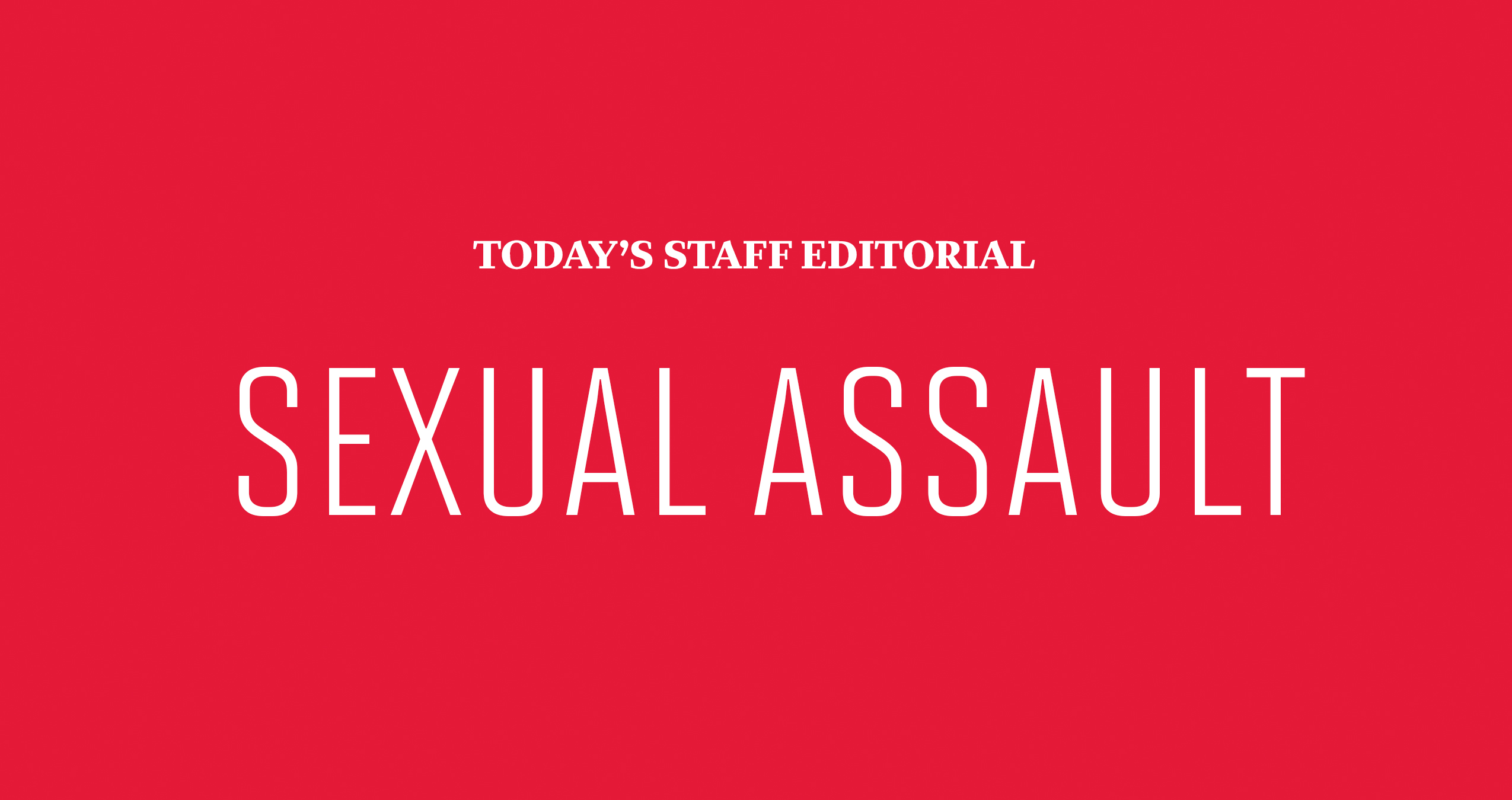During a time when this university is under heavy scrutiny for its handling of sexual assault cases, it has seen a notable increase in reports and investigations in the last two academic years. Last academic year, this university expelled a record four students for sexual assault, demonstrating a move toward ensuring sexual assault cases are thoroughly investigated.
But the 2015-16 Student Sexual Misconduct Report also noted three students were suspended for the same Sexual Assault I violations — any form of non-consensual penetration — as those expelled, creating an inconsistency that could demotivate victims to come forward.
The percentage of sexual assault victims who report to authorities remains very low. A Rape, Abuse and Incest National Networks report estimates only 20 percent of victims ages 18 to 24 report their assault to law enforcement. The 80 percent who don’t report note reasons such as belief it was not important enough or belief authorities would not or could not help, among others.
In a Jan. 30 Diamondback article, Title IX Officer Catherine Carroll said the Title IX office wants “to see more complaints and reporting so more students get the resources they need.” And while this editorial board commends this sentiment and the fact that last year, Carroll’s office saw a 64 percent increase in reports and a 44 percent increase in investigations, inconsistencies in very similar cases don’t establish a very welcoming environment to victims who might already be discouraged while looking for help or due process.
We also recognize each case comes with its own complexities, and support victims who wish to seek counsel without imposing severe punishment on a perpetrator they might know. Regardless, the onus for deciding a punishment should be on seasoned professionals like Student Conduct Director Andrea Goodwin, to avoid the “inconsistencies” produced by a committee of students, staff and faculty, such as the one in place between May and October 2015. Additional input from community members who are not familiar with handling such sensitive cases could lead to a laxer punishment, like a suspension — which typically means a rehabilitation measure or educational assignment before reapplying to the university — and takes a slap-on-the-wrist approach that undermines the severity of rape or sexual assault.
In the Jan. 30 article, Goodwin noted there have been some cases when perpetrators show a clear understanding of their wrongdoing after going through educational suspension courses. But it’s difficult to gauge the efficacy of this approach. In cases where returning students don’t learn, their resettlement on the campus could create a very hostile environment for the victim.
Sexual assault can have negative lifelong effects on both the victim and the perpetrator. But the emotional trauma that comes with being a victim of sexual assault has the power to last far longer than an adjustment period after expulsion. Assault victims, now more than ever, need to feel secure in this university’s ability to deliver justice and comfort. While extenuating circumstances might prevail, inconsistent punishment with no guarantee of rehabilitation for this university’s most severe assault charge disservices those seeking justice.



